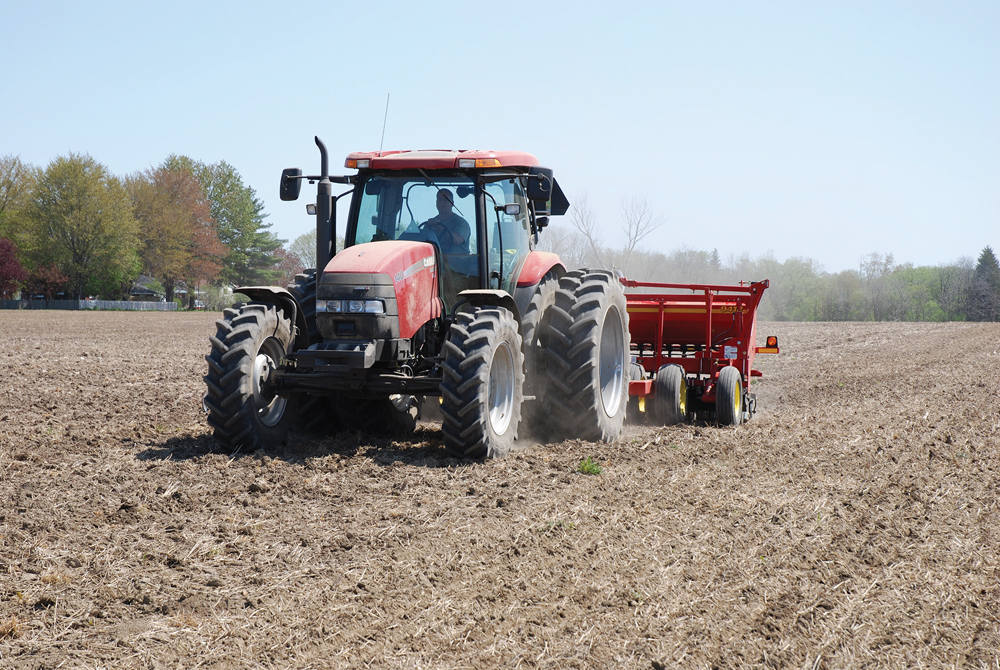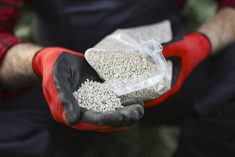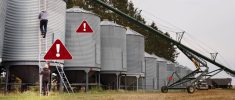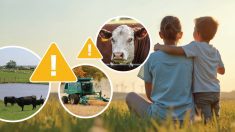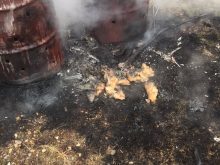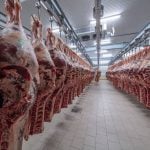A few things usually herald the busiest seasons for Canadian farmers: Equipment starts to move on highways, producers rack up more hours in the cab and every farm safety organization in the country reminds farmers to keep safety in mind during the race to plant.
In Manitoba, Keystone Agricultural Producers is no exception. Spring safety has been highlighted in the organization’s newsletters since early April.
“Spring is one of the busiest and most stressful times of the year for farmers — which also means one of the most dangerous times,” KAP’s May 24 release read.
Read Also
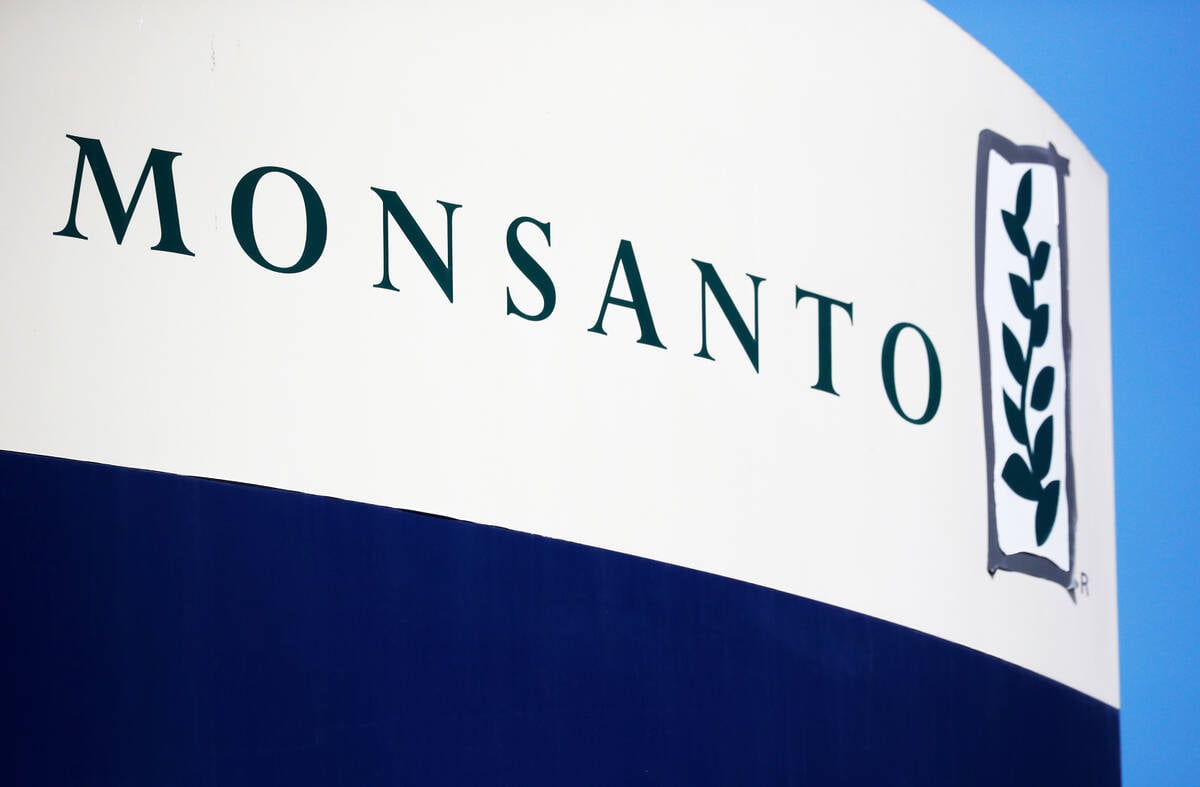
Journal pulls long-cited glyphosate study for ethics violations
The journal Regulatory Toxicology and Pharmacology has retracted a 2000 Monsanto-linked glyphosate review, drawing new scrutiny as Bayer faces mounting legal pressure.
Most farm accidents are preventable, it said, noting “all it takes is 10 seconds to slow down and prevent them.”
Why it matters: Safety considerations can be overlooked in the rush to plant while the weather is good.
Farm safety organizations typically flag seeding and harvest for higher injury risk, given their fast pace, long hours and possible operator fatigue.
“It’s ‘go time’, so they go, but we need to be careful with ‘go time,’ to take care of the people,” said Dan Carlow, manager of innovation, engineering and program delivery with the Ontario Ministry of Agriculture, Food and Rural Affairs.
“Be careful and be kind to yourselves. We tend to focus on the machinery and the products — seed and the newest and latest things, but we forget about the people. We need to slow down, plan ahead and control the controllable.”
Redesigns to better protect exposed power take-off shafts and a reduction in use of anhydrous ammonia have helped reduce risk, and personal protection equipment has become a necessity on almost all operations.
“But farmers don’t always talk about PPE,” said Carlow. “Some farms are stocked with those, some aren’t or some don’t know how it should be maintained. Following those safety guidelines creates less angst, yet there are those who say, ‘I got away with it before.’ OK, but can they get away with it again?”
Manure tank cleanouts and toxic gases are another problem on the farm. Carlow pointed to a recent fire and explosion at a dairy operation near Dimmit, Texas, that injured one employee and killed more than 18,000 cows. It’s believed manure management equipment overheated and ignited accumulated gases.
Carlow said this type of accident emphasizes the need to understand that it’s not enough to plan for what’s likely to happen. Farmers need to plan for what could happen.
According to the 2020 Canadian Ag Safety Study, done in partnership by Farm Credit Canada and the Canadian Agricultural Safety Association, 60 per cent of surveyed producers had unwritten safety plans or procedures.
Written, official safety plans were rare (14 per cent), and unwritten rules “cover limited measures,” the final report read.
“Producers report being motivated to continuously improve safety on their operation and most say it is the safety of people, themselves and others, that is the biggest influence on their motivation,” a webpage devoted to the final study results read.
“However, for many producers, this motivation is not resulting in action. Few producers are actively seeking safety information or training related to agriculture and many indicate old habits as the primary barrier to the consistent implementation of safe practices on their operation.”
The study found that 74 per cent of respondents were “highly motivated” to increase farm safety, but only 30 per cent had looked for safety information or training in the prior year.
KAP urged producers to ensure farm employees are fully briefed on safety and that an orientation is provided to new workers. The same newsletter stressed that machinery should be turned off during servicing or maintenance, guards replaced as soon as the work is done, and that everything in and on the machine is locked down when taking equipment on roads.
Picking up the slack
Safety and advanced planning are important to Erin McGregor. As Syngenta’s stewardship and policy manager, she acknowledged the need for continuous messaging with an emphasis on crop protection products.
With tighter planting windows and the need to control weeds, pests and diseases, over and above getting seeds into the ground, there’s more urgency to focus on doing the job safely.
“Continual refresh and focus on best practices around pesticide safe use is always valuable, along with keeping an ongoing open dialogue around safety in general,” says McGregor. “It’s really core to creating a health and safety culture.”
She stressed the need for awareness of product labels and the information they provide on use and safe handling.
“We’re also reminding our staff this spring about requirements and safe practices related to the transportation of chemicals and pesticides, about having first aid kits in their vehicles, portable eyewash options and spill kits,” said McGregor.
“Planning is a huge part of the work of a producer, so being safety oriented and motivated, having safety risk assessment documents and a proper plan in place are all very important.”

